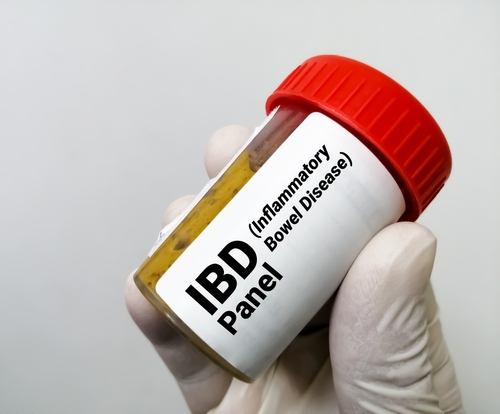
In order to better understand the long-term effects of inhaled corticosteroids (ICSs) in patients with chronic obstructive pulmonary disease (COPD), researchers assessed electronic health record data from individuals who were then divided into 2 groups: the prevalent cohort (n=318,385), which required a diagnosis of COPD any time during the observation period, and the inception cohort (n=209,062), which required a diagnosis of COPD made after entry into the database.
Results were published in Annals of Family Medicine.
Primary outcomes included any new diagnosis of diabetes, cataracts, pneumonia, osteoporosis, or nontraumatic fracture and recurrent diagnoses of pneumonia or nontraumatic fracture. Outcomes were compared in relation to long-term (>24 months) versus short-term (<24 months) ICS exposure.
For the prevalent cohort, all individual outcome frequencies were significantly greater with long-term versus short-term ICS exposure, and inception cohort findings were similar; thus, all individual outcomes were included in the composite analysis. Composite dichotomous outcomes were significantly greater with long-term ICS exposure than with short-term exposure for both groups (prevalent: hazard ratio [HR], 2.65; 95% CI, 2.62-2.68; P<0.001 and inception: HR, 2.60; 95% CI, 2.56-2.64; P<0.001).
In the prevalent cohort, HRs for individual recurrent outcomes were significantly higher with long-term ICS exposure than with short-term exposure for both pneumonia (HR, 2.88; 95% CI, 2.62-3.16; P<0.001) and fracture (HR, 1.77; 95% CI, 1.42-2.21; P<0.001). Similar associations were observed in the inception cohort, with elevated risks for pneumonia (HR, 2.85; 95% CI, 2.53-3.22; P<0.001) and fracture (HR,1.57; 95% CI, 1.20-2.06; P<0.001).
In addition, secondary analyses revealed significant differences (P<0.001 for all 4 comparisons) in both the composite dichotomous outcome and the total number of pneumonia and fracture events when intermediate-term exposure was compared with long-term exposure across both the prevalent and inception cohorts.
“The long-term effect of ICS use in individuals with COPD is substantial, with greater rates of a composite and individual outcomes of type 2 diabetes, cataracts, pneumonia, osteoporosis, and nontraumatic fracture, as well as recurrent pneumonia and recurrent fracture. The clinical use of and indications for ICS therapy in COPD should be carefully considered for each individual before initiation of long-term ICS therapy,” the researchers concluded.
Reference
Pace WD, Callen E, Gaona-Villarreal G, Shaikh A, Yawn BP. Adverse outcomes associated with inhaled corticosteroid use in individuals with chronic obstructive pulmonary disease. Ann Fam Med. 2025:23(2);127-135. https://doi.org/10.1370/afm.240030







 © 2025 Mashup Media, LLC, a Formedics Property. All Rights Reserved.
© 2025 Mashup Media, LLC, a Formedics Property. All Rights Reserved.